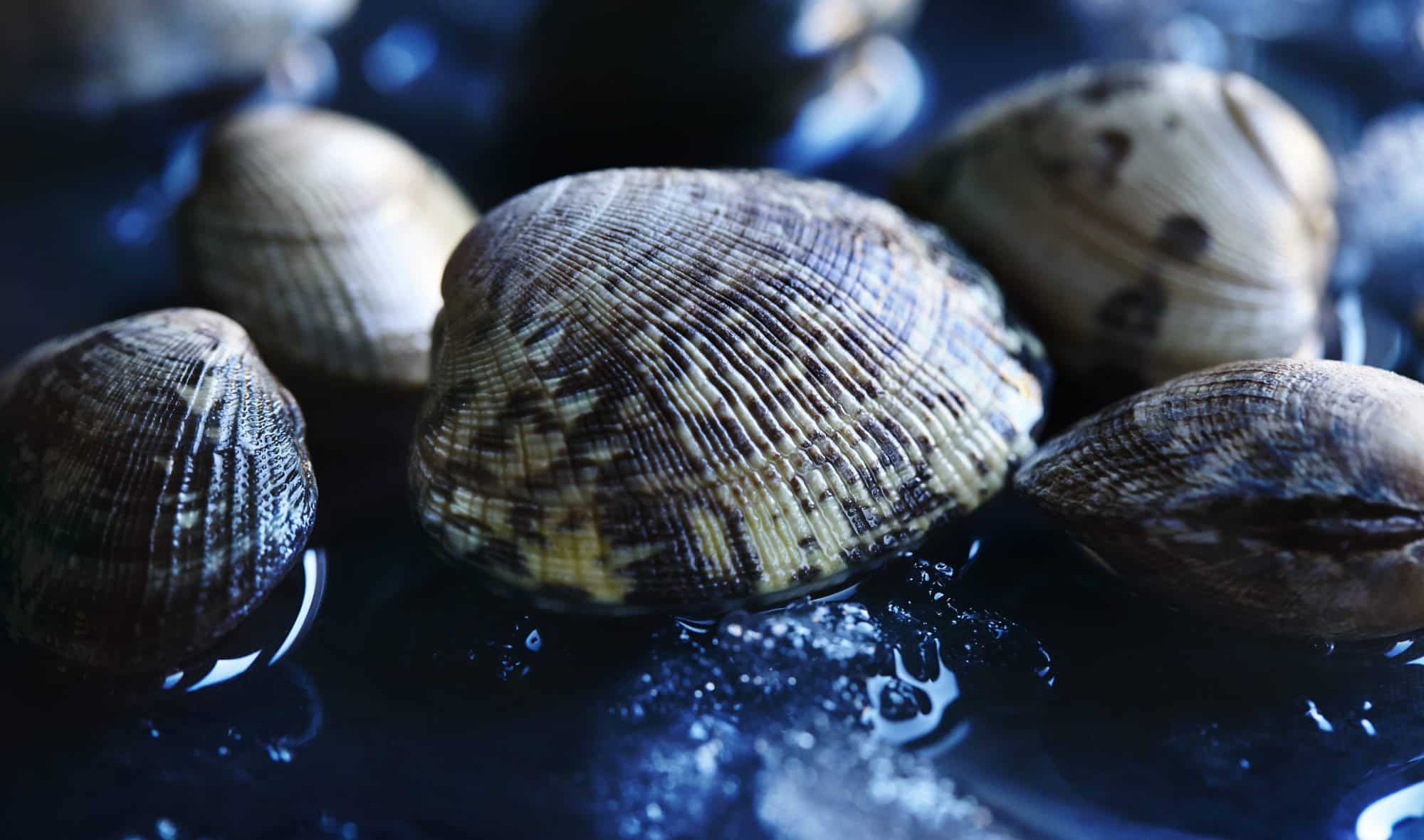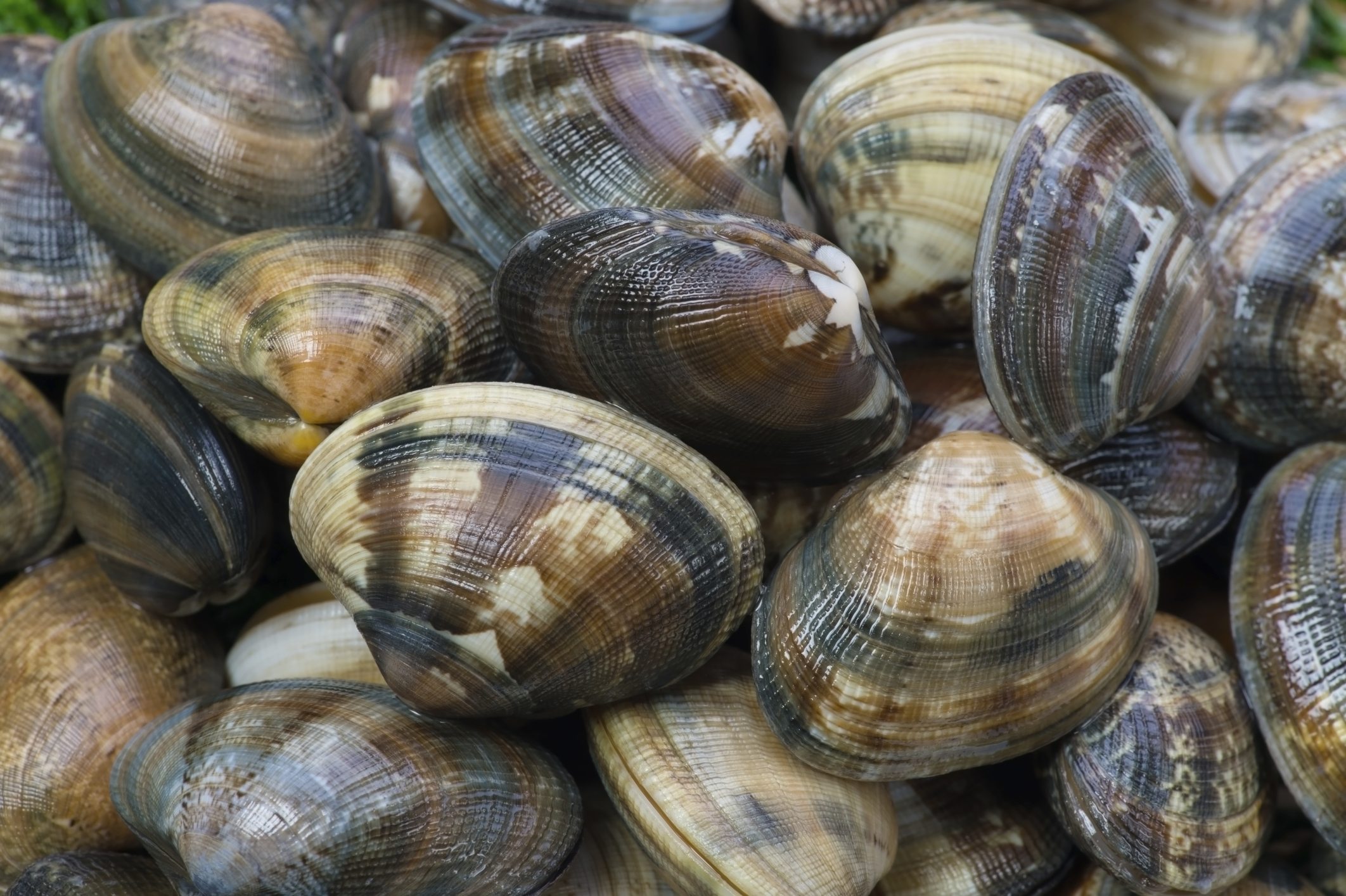Scientists Use eDNA Tool to Track Invasive Clams
Not all invasions come from marauding armies. You can devastate a place just by introducing a non-native species that creates dramatic and unexpected shifts in the dynamics of the ecosystem.
Species invasions are bummers. They throw ecosystems out of whack, crowd out plants and animals we already know and love, and generally cause trouble.
When a local environment is ill-equipped to handle a non-native species that pops up and begins taking over aka an invasive specimen, it can lay claim to every resource it can access and hurt countless native species in the process.
But like they say, prevention is better than cure.
So, a recent University of Illinois study successfully used environmental DNA to detect invasive clams in California and Nevada lakes. Researchers believe this tool can help identify pests before they become a problem.
Working in collaboration with colleagues from Rice University, the University Of Notre Dame and the University of Nevada at Reno, the scientists performed an eDNA assay – eDNA stands for “environmental DNA,” and refers to DNA that is passed into the environment in the form of excretions and other biomaterials.
“Environmental DNA, or eDNA, means we’re finding the DNA of an animal or plant that we’re looking for from an environmental sample, like water,” says U of I aquatic ecologist Eric Larson. “It’s an emerging tool that has the potential to be better at detecting rare species in some cases, relative to some of our more traditional survey methods. There’s a lot of DNA floating around in a lake or a stream, and if we can capture and identify it, it can tell us what organisms are present, including invasive species.”
To that finish, the group used the era to seek for the DNA of one of those small clam referred to as Corbicula. Native to East Asia, it has unfold right through Europe and the USA, every so often changing into so considerable that it clogs pipes and in a different way damages infrastructure.
Out of 11 California and Nevada lakes examined, the clam’s DNA used to be detected in 4 the place the animal used to be already recognized to exist, and it wasn’t discovered within the different seven lakes, during which the clam hasn’t been reported.

Larson says Corbicula is very common in Europe and the United States but they’re not everywhere yet. The clams, which are originally from East Asia, aren’t very large, but can have major effects on freshwater ecosystems like lakes and rivers. Unchecked, they become invasive, and can even clog pipes and damage infrastructure, similar to the impacts observed for other invasive species like zebra and quagga mussels in the Great Lakes region.
“Corbicula firmly established in Lake Tahoe by 2007,” says University of Nevada aquatic ecologist and study co-author Sudeep Chandra. “They influence the water quality and reduce the remarkable clarity in the nearshore habitat of Lake Tahoe. By recycling and excreting nutrients, the invasive clams contribute to the growth of nearshore algae. So detecting them around the lake is critical to understanding where the clams will degrade water quality.”
“They’re very distinctive and are hyper-abundant in central Illinois,” Larson says. “If you see a lot of little white shells on the stream bed, those are probably Corbicula.” Larson is continuing his lab’s eDNA research on Corbicula in these streams of central Illinois. “Because we now know that the eDNA assay works well, we want to apply it to some other questions,” says Larson. “Is there a best time of the year to use eDNA to detect this invader? If we can’t find their DNA in the winter, does it spike in the summer? Do floods mobilize a lot of DNA, making it easy to detect or does flooding dilute the DNA that’s there?” Larson hopes that answers to these additional questions will help managers and researchers find and react to new Corbicula invasions elsewhere before they become problematic.
























